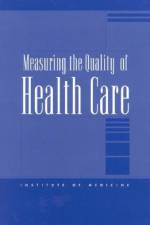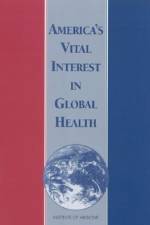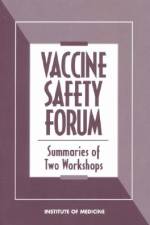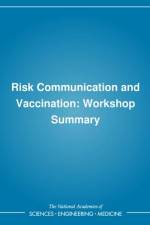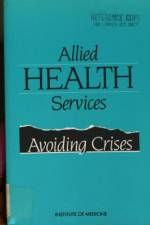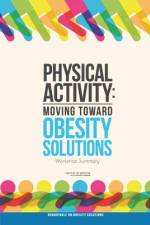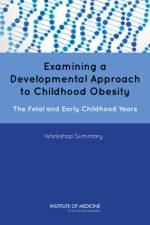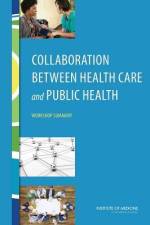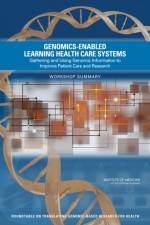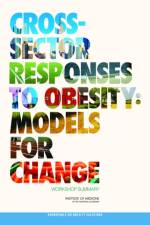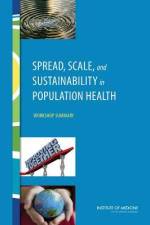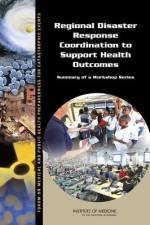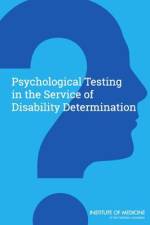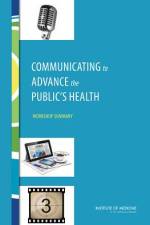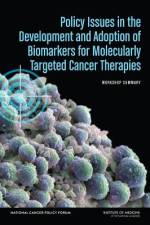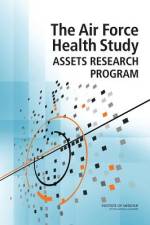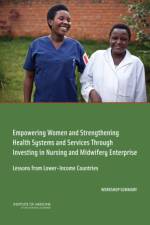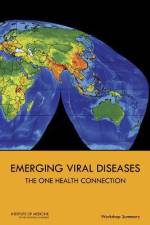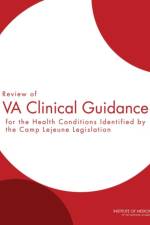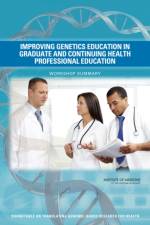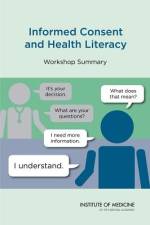av Institute of Medicine
679,-
At a time when lesbian, gay, bisexual, and transgender individuals--often referred to under the umbrella acronym LGBT--are becoming more visible in society and more socially acknowledged, clinicians and researchers are faced with incomplete information about their health status. While LGBT populations often are combined as a single entity for research and advocacy purposes, each is a distinct population group with its own specific health needs. Furthermore, the experiences of LGBT individuals are not uniform and are shaped by factors of race, ethnicity, socioeconomic status, geographical location, and age, any of which can have an effect on health-related concerns and needs. The Health of Lesbian, Gay, Bisexual, and Transgender People assesses the state of science on the health status of LGBT populations, identifies research gaps and opportunities, and outlines a research agenda for the National Institute of Health. The report examines the health status of these populations in three life stages: childhood and adolescence, early/middle adulthood, and later adulthood. At each life stage, the committee studied mental health, physical health, risks and protective factors, health services, and contextual influences. To advance understanding of the health needs of all LGBT individuals, the report finds that researchers need more data about the demographics of these populations, improved methods for collecting and analyzing data, and an increased participation of sexual and gender minorities in research. The Health of Lesbian, Gay, Bisexual, and Transgender People is a valuable resource for policymakers, federal agencies including the National Institute of Health (NIH), LGBT advocacy groups, clinicians, and service providers.

